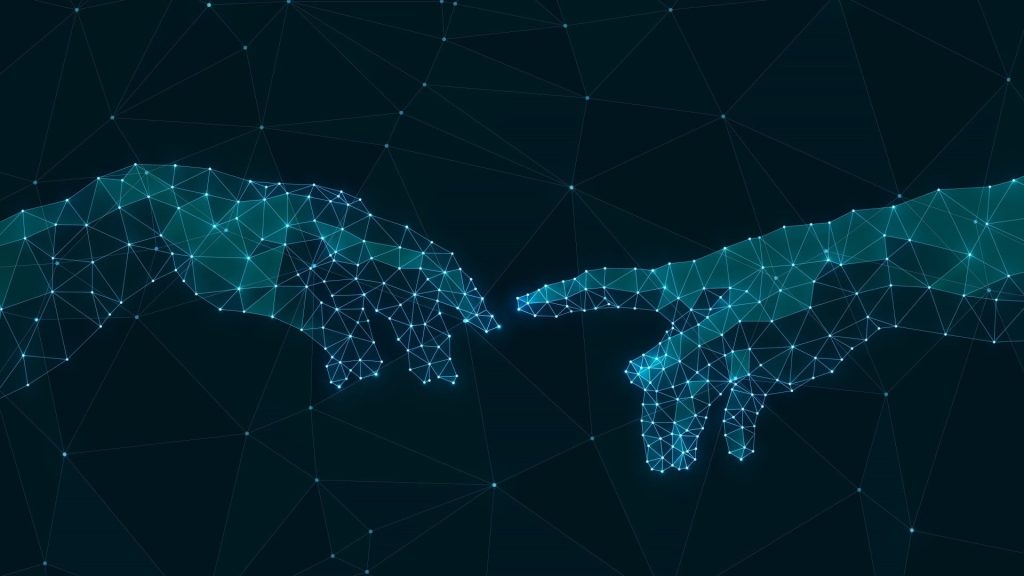Digital Humanities (DH) represents an interdisciplinary field that merges humanities disciplines like history, literature, linguistics, art, and philosophy with the realm of information and communication technologies.
At the convergence of humanities and digital technologies, DH is characterised by the systematic deployment of digital tools within humanities. It’s an area where collaborative, cross-disciplinary, and digitally-focused scientific activities in teaching, research, and publication are redefined. This domain acknowledges the shift from traditional print as the primary knowledge medium, embracing digital methods and tools for humanities studies.

The essence of DH lies in its interdisciplinary nature, utilising digital methods, sources, and technologies for scientific inquiry in human sciences. This involves extensive use of electronic data and computational techniques to explore, analyse, and present humanities research. Furthermore, DH is committed to exploring the impact of digital environments on research and how humanities can inform and contribute to technological fields, notably in Artificial Intelligence and the evolving dynamics of human-machine interaction.
Originally known as “humanities computing”, digital humanities have seen significant growth over the past four decades. Initially focused on the development of digital tools and the creation of archives and databases to house texts, artworks, and other items, this area has evolved with advancements in computing, offering more refined methods for processing and analysing culture in digital form.
Incorporating critical insights from areas such as linguistics, literature, history, music, media, communications, computer science, and information studies, digital humanities now have an expanded scope, encompassing critical digital studies and areas typically associated with engineering, such as machine learning, data science, and artificial intelligence.
Experts in digital humanities have developed innovative methodologies, including computational statistical analysis, search and retrieval mechanisms, topic modelling, and data visualisation, to handle large-scale collections and archives, surpassing the traditional limits of individual research or small group work. Such methods enable large-scale projects, bringing together interdisciplinary teams to tackle complex or highly challenging tasks.
